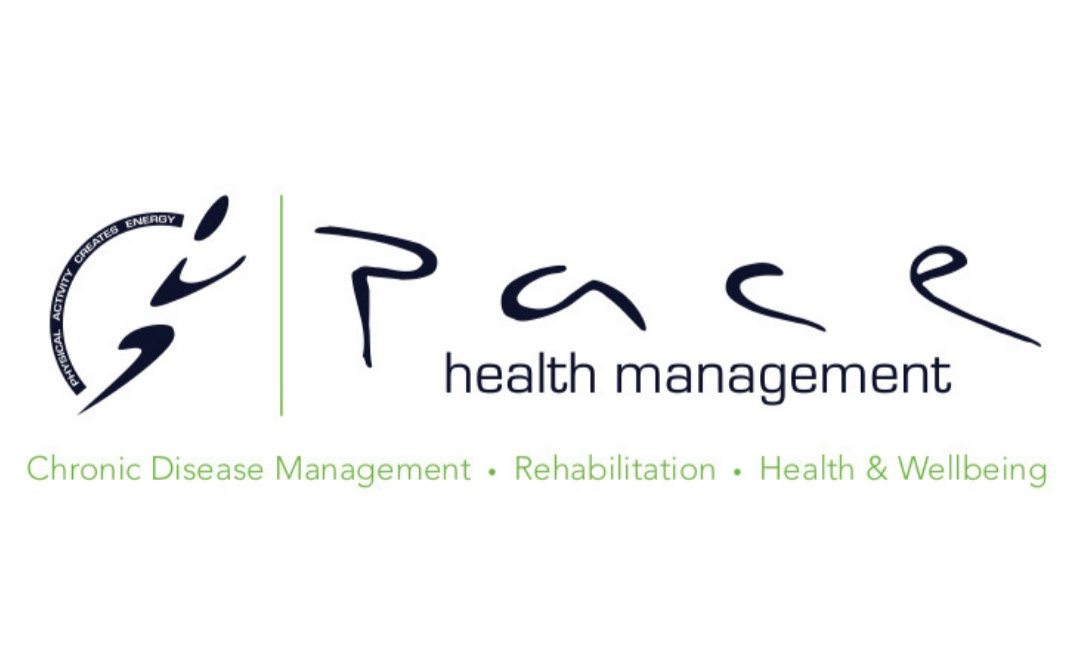Osteoporosis and Exercise
World Osteoporosis Day has recently been celebrated so it’s only fitting that we talk about the role of exercise in the prevention and treatment of osteoporosis and bone fractures.
What is Osteoporosis and Osteopenia?
Osteoporosis is a skeletal disease characterised by weak and brittle bones due to very low bone mineral density (BMD). Unlike the model skeletons we sometimes see at our GP’s office, bones do not stay the same forever, they change over our lifespan as well as due to environmental factors. Development of BMD is most potent during childhood and adolescence, and then it begins to peak around 35 years of age during adulthood.
Once our peak bone mass occurs, osteopenia begins to naturally take place throughout the subsequent decades into advancing age (50+) and this is where our ability to form new bones is slower than our ability to break down old bones. Unlike osteoporosis, osteopenia isn’t a disease, but a stage in our lives where our bone mass is lower than it once was when we were younger.
It is around this time where we should be vigilant about our bone health and see our doctor.
Who gets Osteoporosis?
1 in 3 men and 2 in 3 women over 60 are affected by osteoporosis or osteopenia.
Despite its prominence, osteoporosis flies under the radar and is often undiagnosed until a fracture occurs. Even if you aren’t a woman or man over 50 years old, or if you haven’t experienced a fracture to the hip, spine or other sites of the body, you may still be at risk of osteoporosis due to a variety of potential factors.
Before referring for a scan, your GP may assess you for osteoporosis risk factors, these include:
Parental history of fracture or osteoporosis
Post-menopausal
Over 50 years of age
History of falls
Low physical activity or physical inactivity
Low body weight
Low muscle mass and strength
Poor balance
Smoking and drinking (over 2 standard drinks per day)
Anti-androgen therapy
Corticosteroid medication (taken over 3 months)
How does exercise help?
Exercise and physical activity play a vital role in the development and maintenance of BMD. Our body is incredible in that it adapts to the demands placed upon it and the surrounding environment. The bones are no different. As mentioned previously, bones do not form and stay there forever, they are dynamic in nature and respond very well to external loads. Gravity is an external load our body is very much used to when standing upright (body weight). However, to experience bone growth and strengthening, we must place our bones under greater loading (2-4+ times body weight). This can be achieved through:
Walking
Running/ Sprinting
Jumping/ Power exercises
Strength/ Resistance training
Additional to promoting bone growth, these exercises also help strengthen the surrounding muscles of the bones, assisting us with stronger and quicker movements that can help prevent us from injuries and falls. Falls prevention is very important for osteoporotic bones, as they are too brittle and weak to withstand the impact of a fall, greatly increasing the risk of fracture. When we lose our balance, and begin to fall, we recruit certain strategies to help protect us from (serious) injury. If our legs are strong enough, coupled with good balance then we can quickly adjust our centre of gravity to remain upright. Hence, the inclusion of balance training is so important, focusing on improving our ability to stand upright and move dynamically and help prevent falls in the first place, decreasing the risk of fracture!
Well, I have osteoporosis/ osteopenia, what now?
With the help of an accredited exercise physiologist, an exercise program consisting of high impact training, resistance training and balance training to assist with falls prevention can be implemented to not only prevent and/or treat osteoporosis but also reduce risk of fracture.
Physical activity is a major piece of the puzzle, one that the team down at Pace Health Management would love to help piece together. For additional information or support, contact one of our Accredited Exercise Physiologists to help look after your bone health!

